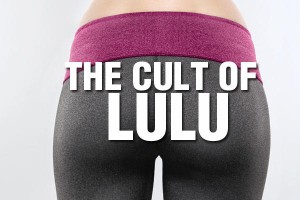Even if the United Nations was fully funded, I think there would still be a need for the Arc or other social enterprises because they make a connect between people. The Arc , as an example, is a two way street. Firstly, it helps start and fund businesses for entrepreneurs who have the idea but not necessarily the means. As well as, students from Canada get to experience a different kind of lifestyle and form of business. Both sides get hands on experience and further connect all corners of the global.
Furthermore, social enterprises consist of social entrepreneurs, who have certain qualities that can cause a positive change in the world, such as being resourceful and ambitious. The U.N. might share some of these qualities but that is not their goal of being innovative and sustainable (not only environmentally). The U.N. I believe is too large too manage what social enterprises can do, their focus is else where. Social enterprises are valuable to today’s world, because we need them to ensure further connections and growth not only in the business world but the future of the Earth.



